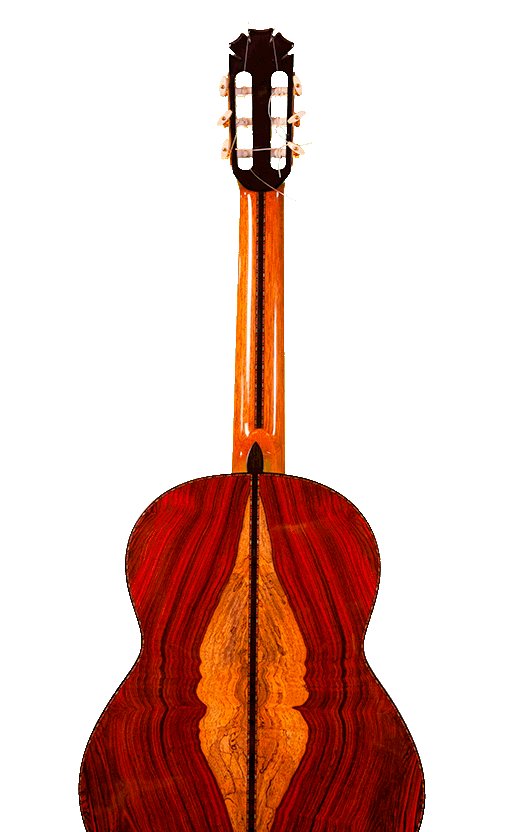Lutheria
The lutheria is the evolution of a part of the cabinetmaking focused on the elaboration of musical instruments, being necessary an exhaustive knowledge of wood, woodworking techniques, carpenters and complements to achieve the manufacture of very accurate pieces so that we get the sonority and the Beauty of a unique musical piece.
- The luthier handles different tasks within the wood guild (carpentry, marquetry, carving, turning, inlay, varnishing, etc.) and seeks excellence in sonority, quality and design. The mastery of the luthier is acquired through practice and the transfer of knowledge through its masters in traditional workshops.
- The luthier innovates, and in its measure, invents according to the demands, needs and whims of music. The carpentry is the guild or trade that works wood in construction and furniture (beams, roofs, formwork, doors, windows, etc.); Joinery specializes in the development of high-quality furniture.
- The luthier stores up the knowledge of carpentry and joinery and applies new techniques and knowledge of the acoustic characteristics of wood to produce musical instruments.
The anatomical knowledge (structural and physiological) of the wood allows the luthier the choice of the best raw material for the creation of a musical instrument.
A master luthier knows what the characteristics of the woods are, not only as a species, but also their arrangement in the tree. From the beginning the luthier selects or directs the cut of that tree to obtain the piece of wood that will be used later: what type of cut is appropriate (longitudinal, radial or transverse), its homogeneity, the grain, the texture …, always think if it will give the structural support and the desired resistance, or the subsequent beauty as a result of the choice of the grain, drawing or tone of the piece. Each piece is unique, all are different. The luthier looks for contrasts or shades that, while maintaining the qualities of their function, are integrated into a work of art. For example, the neck has to be rigid, stable and resistant with proven qualities to maintain the tension, arrangement and vibration of the strings, but for the back side the luthier can look for a unique drawing created by nature itself; Sometimes it is found in the defects that make a piece more beautiful, this defect can be as a result of the attack of a fungus or the presence of a knot or a twisted fiber that manifests itself in the form of a field or complex drawing that makes each piece of exceptional beauty.




